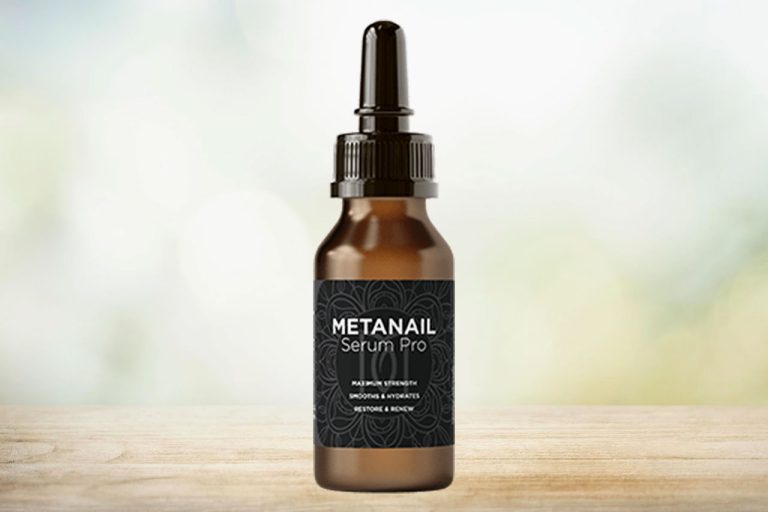Your blood pressure (BP) may be too high and you might not even know it. It's estimated that one-third of the 50 million Americans who have high blood pressure (hypertension) don't even know it. That's why national experts have issued a renewed call for vigilance in blood pressure monitoring and treatment. Hypertension can go undetected for years, damaging your tissues and vital organs. It’s one of the leading causes of heart attack, stroke, heart failure, kidney failure and premature death, but only 25% of people with hypertension are under control!
Hypertension doesn’t have to be deadly. It’s easy to detect. And once you know you have it, you can control it. Treatment used to be recommended only if you had very high blood pressure. Now all hypertension is treated because health risks increase with every point over normal your blood pressure climbs. About one-quarter of all deaths related to high blood pressure occur in people whose blood pressures are high-normal (a systolic pressure of 135-139 and diastolic of 85-89). It’s important to follow recommended lifestyle changes (salt restriction, weight reduction, regular aerobic exercise, alcohol moderation) and to monitor your blood pressure regularly.
What is blood pressure?
Blood pressure is a reading of the pressure within your arteries. There are two readings. The top number is systolic pressure — the peak pressure reached when your heart contracts and pumps blood out through the arteries. The bottom number is diastolic pressure — taken when the pressure falls to its lowest point as your heart relaxes and refills with blood.
What’s normal?
Normal systolic pressure is below 135 mm Hg and normal diastolic pressure is below 85 mm Hg. This is expressed as 135/85 mm Hg. Your blood pressure normally varies throughout the day; for example, it rises with activity and falls with rest. If readings are taken too soon after a meal or exercise, they may be lower than at other times, while if they are taken after smoking a cigarette or drinking coffee, they may be increased. Because of such fluctuations, it’s generally not considered high blood pressure unless you have three elevated readings in a row, each taken at different times under similar conditions.
The following blood pressures are for healthy individuals over age 18. People with chronic diseases such as, diabetes, heart disease, or kidney disease, usually have lower targets for defining normal blood pressure. For example, the current “Standard of Care” goal BP for a person with diabetes is less than 130 systolic and 80 diastolic.
| CATEGORY | SYSTOLIC | DIASTOLIC |
| Optimal | Below 120 | Below 80 |
| Normal | Below 135 | Below 85 |
| High-normal | 135-139 | 85-89 |
| Hypertension: | ||
| Stage 1 | 140-149 | 90-99 |
| Stage 2 | 160-179 | 100-109 |
| Stage 3 | Above 180 | Above 110 |
Why should I monitor my own blood pressure?
Most people experience a rise in their blood pressure while in the doctor’s office (so-called “White-Coat Hypertension”). This is probably also the case if you are having your blood pressure taken at a pharmacy or at the Fire station. By following the guidelines below, you will have a more accurate assessment of your blood pressure while you are gathering additional information that helps your doctor make better treatment decisions.
Some of the potential benefits of home blood pressure monitoring include:
- Distinguishing sustained hypertension from white coat hypertension
- Assessment of the response to antihypertensive medications
- Improved regular taking of medications (compliance)
- A possible reduction in costs (reports have shown that ambulatory blood pressure monitoring could save up to 20 percent of the long-term health care costs spent treating hypertension).
The accurate measurement of blood pressure requires that the size of the cuff matches the size of the arm. If the cuff is not big enough, it will not compress the artery adequately, and a falsely high blood pressure reading will be obtained. If too big a cuff is used the pressure reading will be too low. The way to find the right sized cuff is to measure the circumference of your upper arm at the level of the biceps muscle (mid-arm) using a tape measure that reads in centimeters. The right cuff size should be chosen as shown in the table.
| Arm circumference (centimeters) | Cuff type | Cuff size (centimeters) |
| Less than 33 | Normal Adult | 12 x 33 |
| 33-41 | Large Adult | 15 x 33 |
| More than 41 | Thigh | 18 x 36 |
Consumer Reports® magazine has reviewed home blood pressure monitors twice, in 1992 and 1996. They tested three types of monitor, which differed according to where they measure the blood pressure: the upper arm (the traditional method), the wrist, or the finger. The finger models were found to be inaccurate, and were not recommended. The wrist models were easier to use than the arm models, but more expensive ($100 to $125) and generally less accurate than the best arm models. Studies show that the act of pumping up a cuff raises pressure, so use of an auto-inflating monitor is felt to be better.
The top 5 monitors are listed below.
- AND-UA 767
- Omron HEM 711
- AND-UA 702
- Omron HEM-712
- Lumiscope 1085M.
What is the correct way to monitor my blood pressure?
Use the following guidelines adapted from the American Heart Association (AHA) to accurately measure your blood pressure. Your blood pressure normally fluctuates throughout the day and night. In general, blood pressure is lower in the late evening, lowest during the early morning hours during sleep and rises in the morning when you get up. This basic diurnal or circadian (“around a day”) variation is normal.
· Take your BP after five minutes of resting comfortably and quietly in a chair with back support and with both feet on the ground. Place the cuff about 2 inches above the bend of your elbow.
· The arm should be relaxed and supported so that the cuff is at the same level as the heart (just below the breast area). Crossed legs, talking, and cold temperature all raise pressure, and should be avoided.
· The pressure should be taken in both arms for the first 10 or so times that you are monitoring your pressure to determine if one arm is consistently higher than the other. The right arm frequently tends to run higher than the left and is usually the arm most commonly used in the doctor’s office. Try to use whichever arm runs higher the majority of times but, if possible, using your right arm for most readings will offer the most consistency with the readings being obtained in your doctor’s office.
· It is best to monitor your blood pressure a couple of times during the day, such as in the morning after getting ready for the day but before breakfast, and again before dinner or 2 hours after the evening meal. Take it (and record it) twice each time, 5 minutes apart. Generally, it’s not necessary to do this more than once a week if your blood pressure is controlled. Daily readings may be required if your BP is not under control or if medication adjustments are being made. If you exercise during the day, your blood pressure likely will be lower for a couple of hours after you have stopped exercising. Therefore, it’s best to measure it before exercising or wait for several hours afterward.
· Keep a printed log of your blood pressure readings including date, time, which arm used, BP readings (both times), and pulse rate. You can download a Blood Pressure Tracker from the Mayo Clinic website at http://mayohealth.org/mayo/0001/htm/bloodpressure.htm
· Bring your blood pressure unit in to the office with you at least once a year to check your unit against your doctors blood pressure unit. You should check your own pressure, using your own unit, in the same arm the nurse used right after she takes your pressure.






